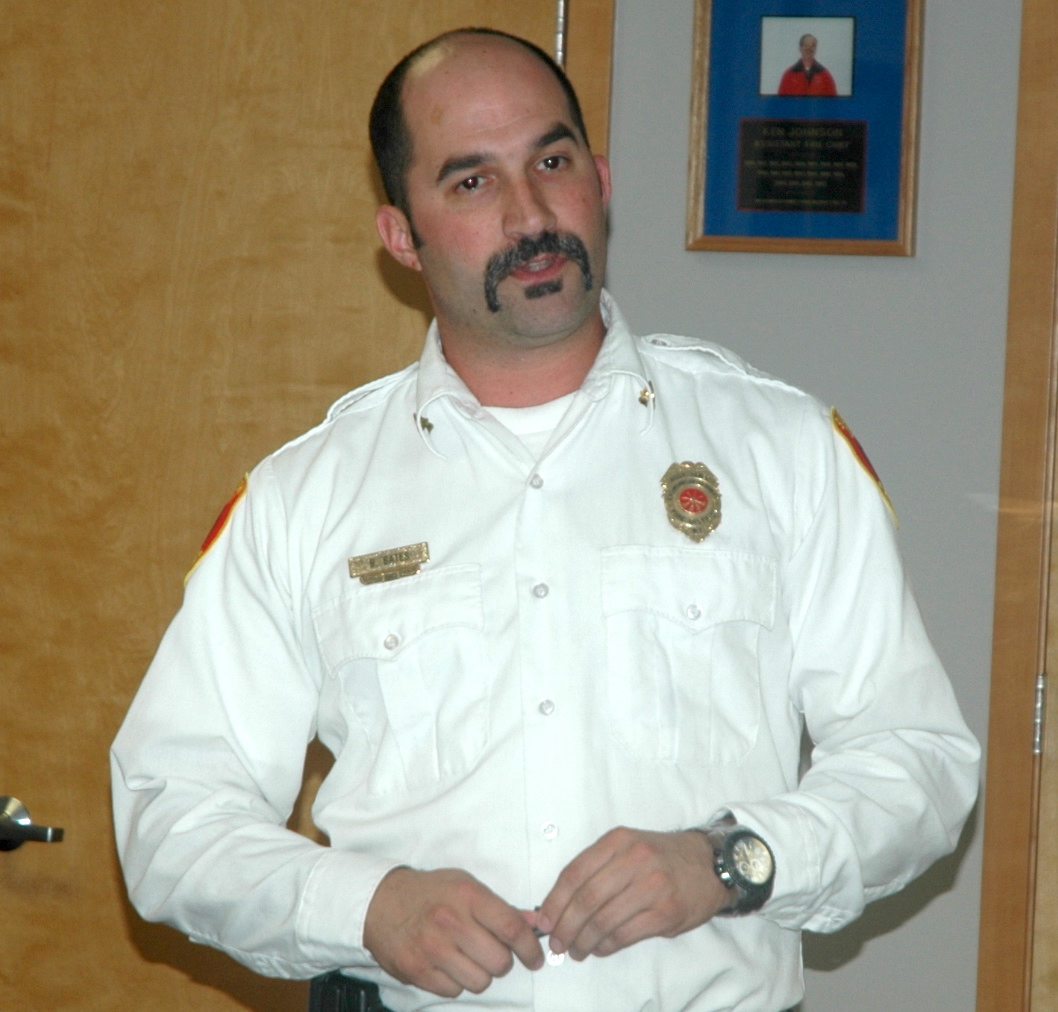ARLINGTON HEIGHTS — The Arlington Heights Fire District 21 station was again a packed house Sept. 14.
The fire commissioners tentatively agreed to a new coverage partnership with the city of Arlington.
The interim fire chief announced plans to welcome back volunteers and invite greater citizen input.
And the community continued to express its skepticism, even as the campaign to recall the commissioners ended.
Gene Chase read aloud from a letter that Edgar Taft, of the Concerned Citizens of Fire District 21, had written and submitted to Snohomish County Superior Court Judge Eric Lucas, requesting that the group’s previous petition to recall the fire commissioners be dismissed without prejudice.
This came in the wake of Travis Hots resigning as the fire chief of Arlington Heights, and Fire District 21 withdrawing from consideration of a Regional Fire Authority with Getchell and Silvana.
However, because Lucas determined that all 15 of the recall charges failed the meet the tests of factual and legal sufficiency, he ruled that they should be dismissed with prejudice, which means that those allegations cannot be refiled.
In the wake of this discord, interim Fire Chief Branden Bates recognized the need to build bridges with the community.
Another letter, by John Jacobson calling for a greater focus on the service needs of the south side of the district, was partially addressed when Fire Commissioner Jim Strago conceded that setting up a south side fire station is unlikely.
“I still want and desire a station out there, because you deserve that presence,” Strago said. “But the last time we went for a lid lift, not only was it defeated, but it wasn’t even close.”
Even as Strago and former Oso Fire Chief Sandy Baker argued over the reasons why volunteer participation in the fire district has declined, Bates pledged to reach out to the volunteers who had left, offering them the options of getting certified as either firefighters, emergency medical technicians or both.
“Maybe they’d felt disrespected before, or maybe they’d felt pushed out,” Bates said. “This lets them train at the level that they want.”
Arlington Deputy Fire Chief Tom Cooper, while expressing his respect to volunteer firefighters and EMTs, voiced concerns about whether they would be qualified under such standards.
When Bates noted that they’d still be required to meet Snohomish County-mandated levels of training Cooper wondered how many volunteers the district would be able to recruit, but Baker cited her experience in Oso as evidence that volunteers can and will commit to such training.
Bates also explained that the fire commissioners had agreed with the city of Arlington for Fire District 21 to cover 65 percent of Advanced Life Support calls, while the city would become the primary responder for Basic Life Support calls in the area, with Fire District 21 becoming a secondary responder for BLS.
“So you’re going back to the same service as before,” Baker said.
Bates replied, “We’re going back to the way things used to be in some respects, while keeping some more of our money.”
If approved by the Arlington City Council, as well as the attorneys for the city and fire district, the agreement would run through December of 2017, with the option for possible renewal at that time.
Fire Commissioner Eric Nordstrom then introduced a proposal to implement a community task force, with the assistance of an outside consultant.
“We want to move forward transparently, and not make our decisions in the dark,” said Nordstrom, who noted that the citizens would set their own recommendations “with almost no involvement from the fire district,” so as not to taint the process.
“We want to eliminate the whole rumor mill,” he added, going so far as to volunteer to forego his own stipend in order to help offset the estimated $12,000 cost of implementing the task force. “Some of us might be too close to see what’s going on. That’s why we want to take the pulse of the common citizen.”







